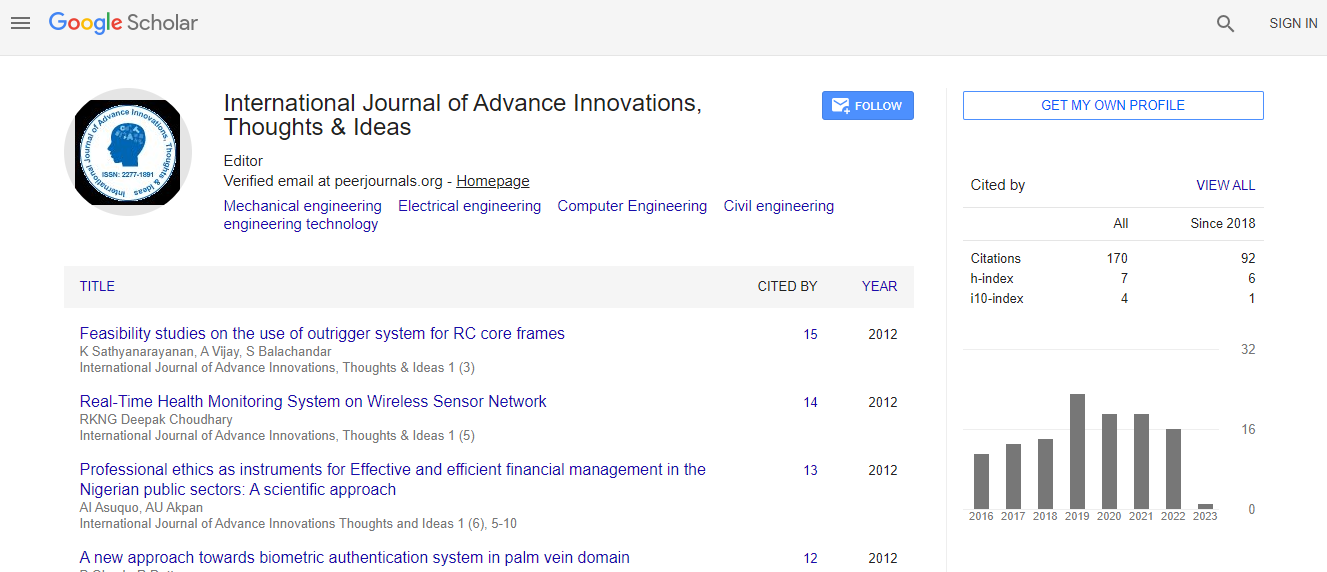Research Article
Dynamic Energy Detection Approach for Spectrum Sensing in Cognitive Radio Networks
Pulkit Sharma1,*, Naresh Kumar21ME (ECE), Electronics and Communication Engineering Branch, UIET, Panjab University, Chandigarh
2Assistant Professor,Electronics and Communication Engineering Branch, UIET, Panjab University, Chandigarh
- *Corresponding Author:
- Pulkit Sharma
ME (ECE), Electronics and Communication Engineering Branch
UIET, Panjab University
Chandigarh
E-mail: pulkitsharmay2k@gmail.com
Abstract
The current spectrum management scheme is leading to underutilization of spectrum. Cognitive Radio Networks solves the problem of spectrum scarcity by using dynamic spectrum management. Using dynamic spectrum management secondary users can use the licensed spectrum opportunistically. Cognitive Radio Networks can be implemented practically only after detecting those primary bands which are not used by licensed primary user. These free primary bands are technically called spectrum holes and detecting these spectrum holes is called spectrum sensing. New technique for detecting spectrum holes in primary band is proposed in this paper. Various techniques used for spectrum sensing are also described in this paper. Performance of the proposed spectrum sensing method is evaluated under different parameters. Spectrum sensing results for proposed method are compared with the spectrum sensing methods proposed previously. Simulation results shows that the spectrum sensing results for the proposed scheme are better than the previously proposed methods.

 Spanish
Spanish  Chinese
Chinese  Russian
Russian  German
German  French
French  Japanese
Japanese  Portuguese
Portuguese  Hindi
Hindi 
